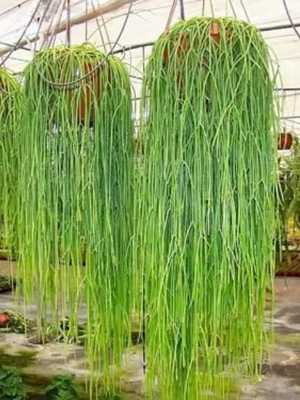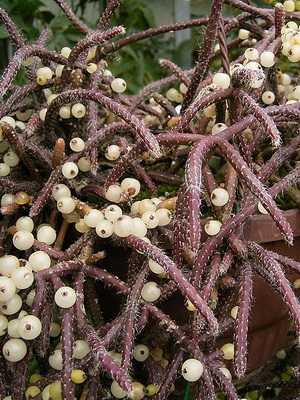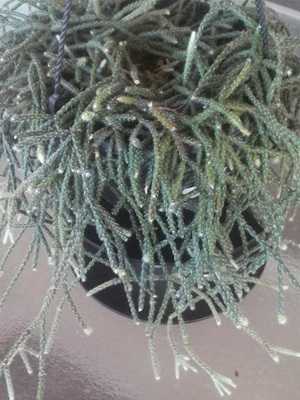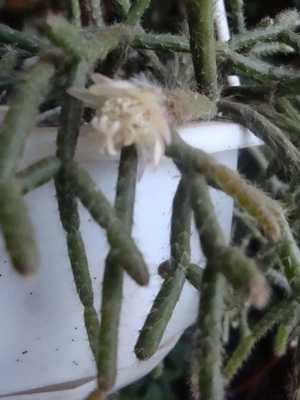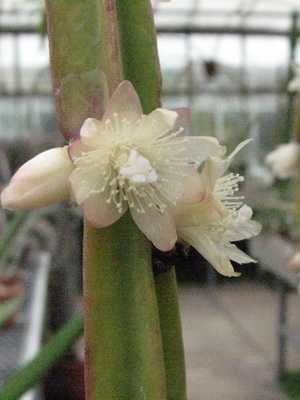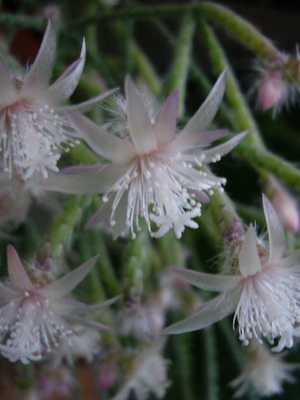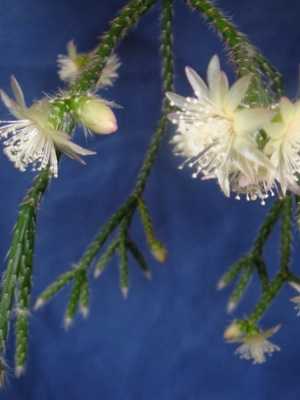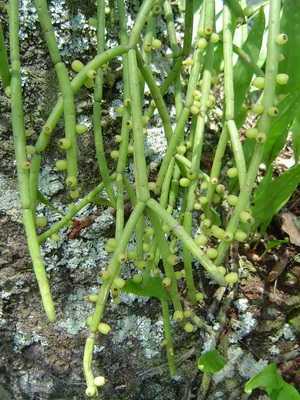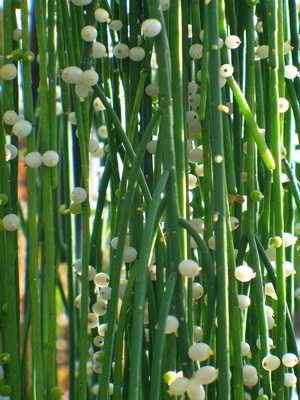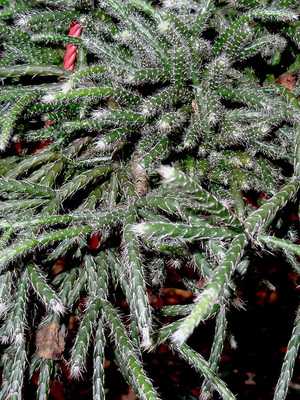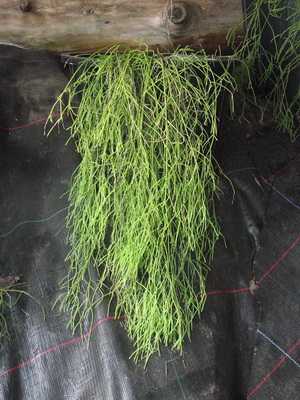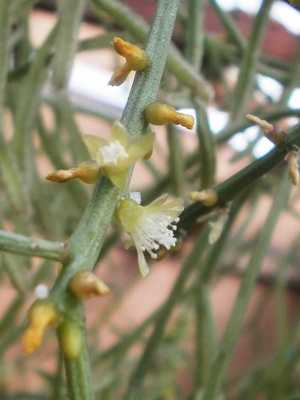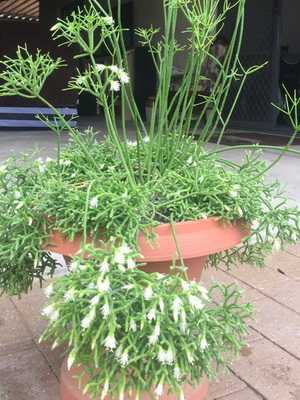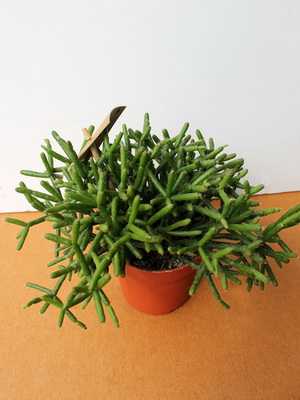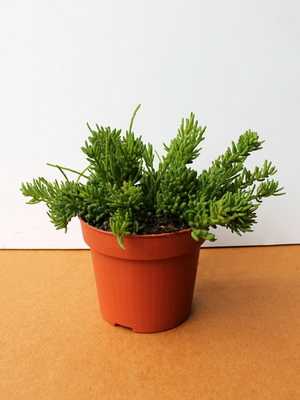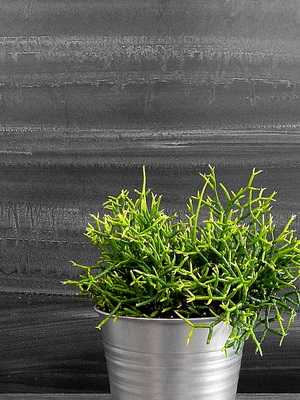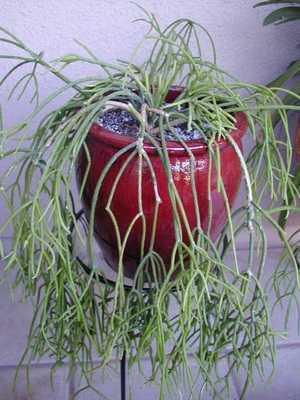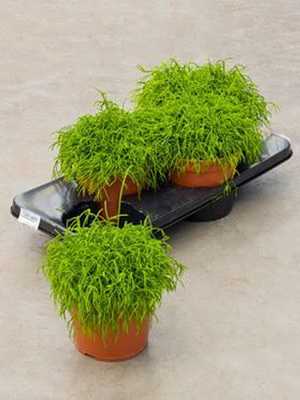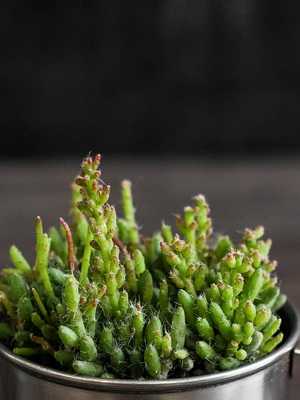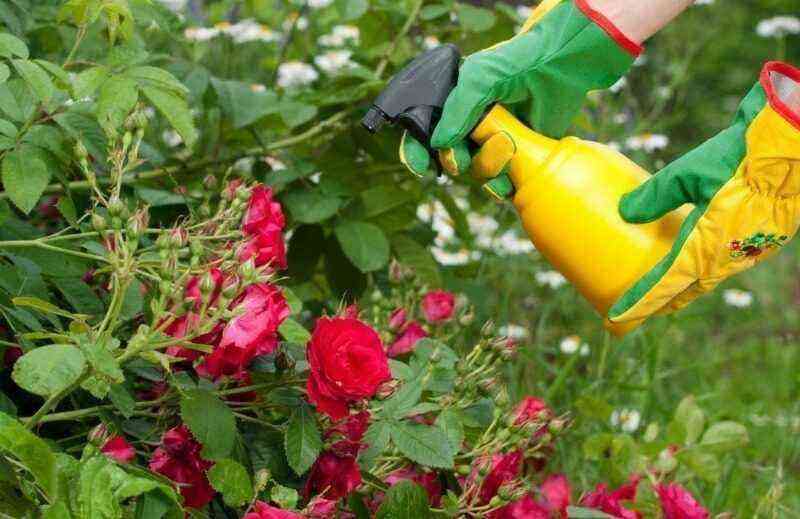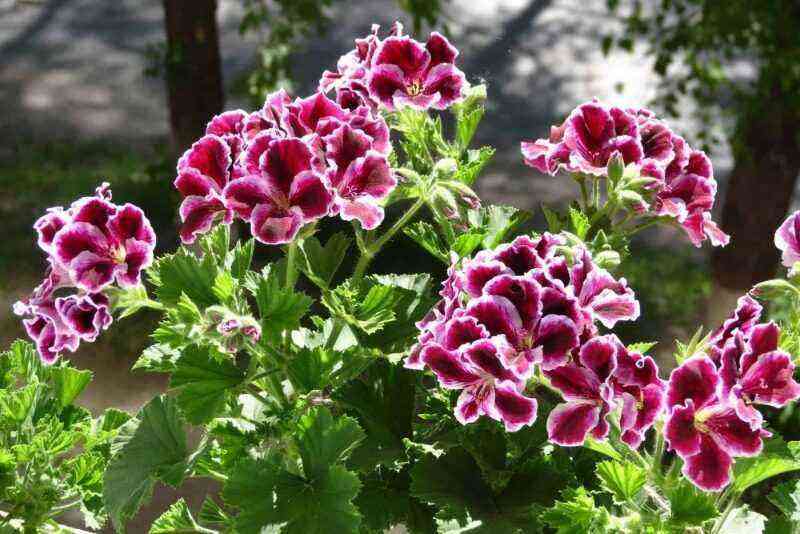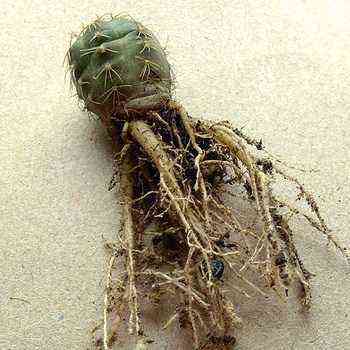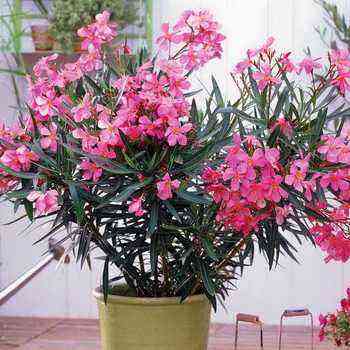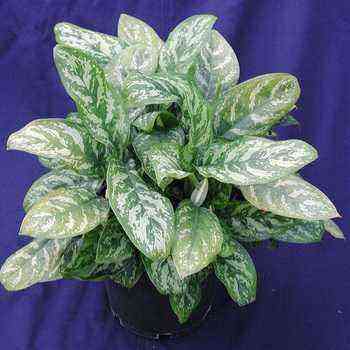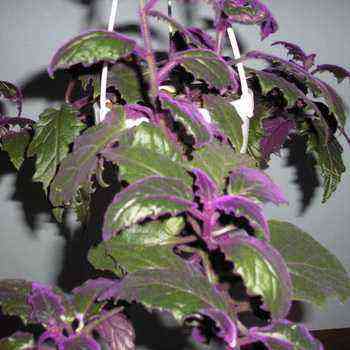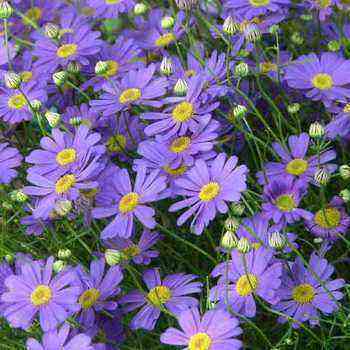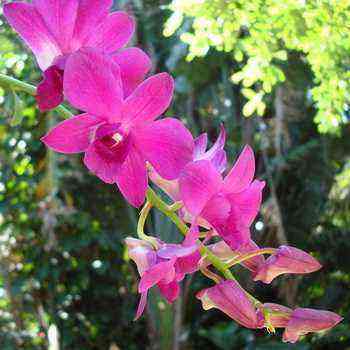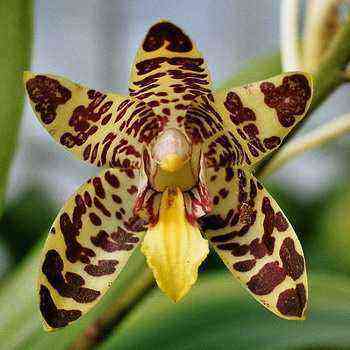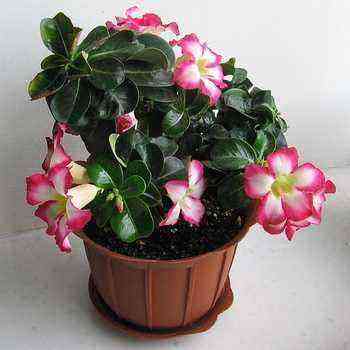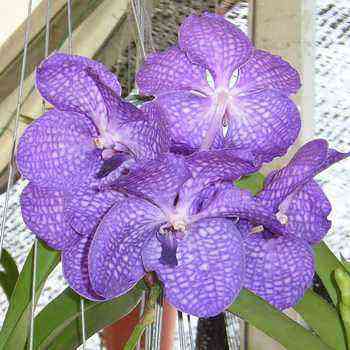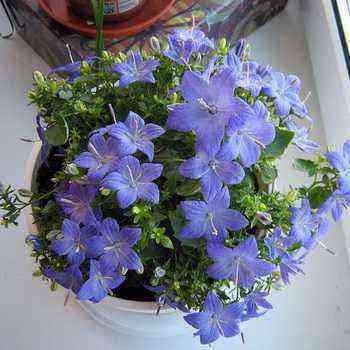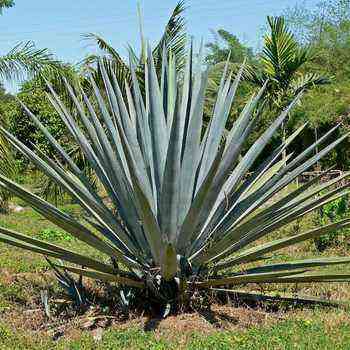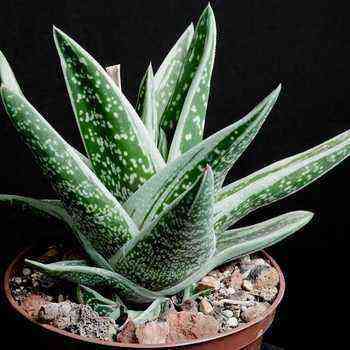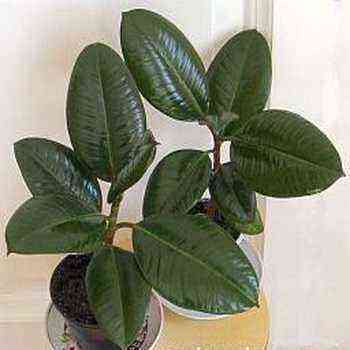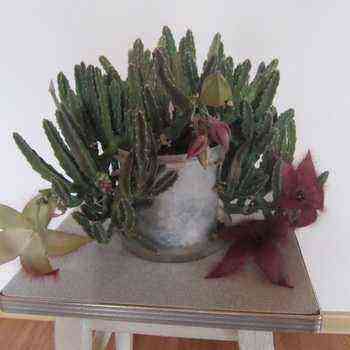
Varieties of the Ripsalis plant
The beautiful appearance of the plant has become the reason for its popularity among gardeners. This cactus is often used as an ornamental indoor plant by both experienced gardeners and hobbyists. The most popular are the following types of exotic ripsalis:

Rhipsalis sterile (R. cassytha).
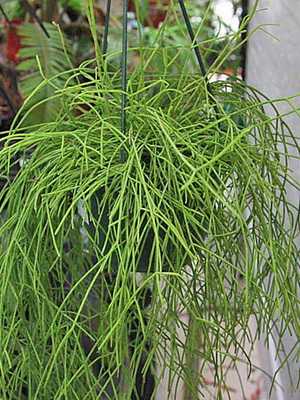
Ripsalis hairy (R. capilliformis).
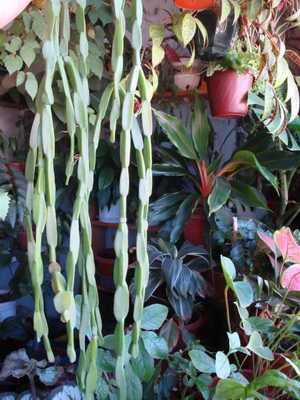
Rhipsalis Paradox (R. ragadoxa).
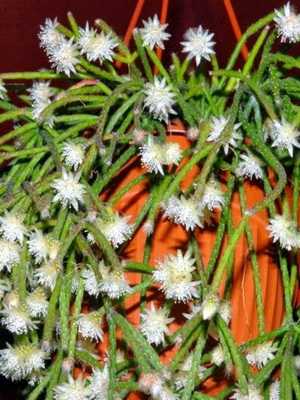
Ripsalis Pilocarpa (R. pilocarpa).
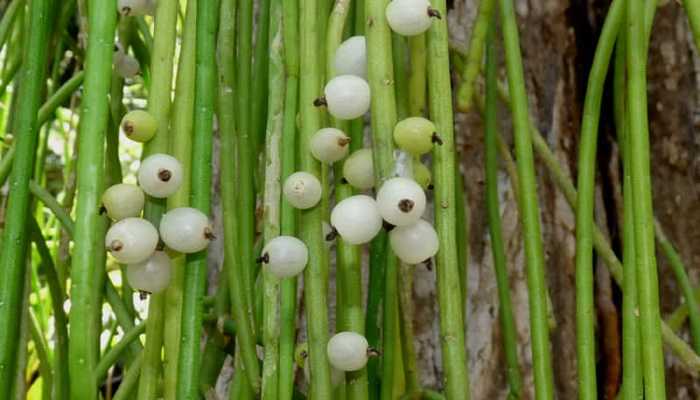
Ripsalis berry (R. baccifera).
The first variety has very thin, leafless stems of a rich green hue. They branch strongly, intertwining with each other and forming a lush bush. When the stems grow back, they begin to hang beautifully from the decorative pot. During flowering, a large number of white or light beige buds appear, and after they are replaced by small inedible fruits.
Take a look at the photo of this ripsalis: it looks very beautiful and unusual at any time of the year:
The hairy type of Ripsalis has soft and slender stems. Their diameter is about 3 mm, while in length they can reach one meter. The stems are bright green and branch well. Succulent flowers are small, their size does not exceed 7 mm. They have a characteristic whitish shade and spherical shape. Flowers are replaced by white berries of the same size. This plant variety is rarely found in the wild, but is very popular in ornamental floriculture.
The type of Paradox differs from previous cacti in an interesting structure of the stem.
Take a look at the photo of an indoor flower: ripsalips pagons are divided into flat and ribbed sections, which alternate with each other:
The plant blooms late, usually in autumn or winter. White flowers have a large number of stamens, and a noticeable delicate pink tint at the edges of the petals.
Ripsalis Polycarp – succulent with stiffer stems, which have fine yellowish-brown hairs. With proper care, it can bloom two to three times a year. A large number of light yellow buds are formed on the pagons. Its flowers appear fluffy due to its numerous petals and stamens.
Another variety is berry ripsalis: this decorative flower can grow up to 4 m, and its shoots reach 0,5 m. Some specimens have small spines up to 1 mm long. Flowers with a diameter of 6 mm have a greenish-white color. After flowering, the succulent bears fruit: its “berries” are round and the same color as the flowers. They are small – the average fruit size is 8 mm in diameter.
In total, Ripsalis has about 60 varieties: they differ in the shape and shade of the stem, the presence of thorns or villi, the abundance of flowering.
To choose one of them for growing at home or in a greenhouse, look at the photo of what the types of unusual Ripsalis look like with proper care:
Caring for the Ripsalis cactus in indoor conditions (with video)
The varieties of this succulent are unpretentious in care and grow well in indoor conditions. One of the main requirements for environmental conditions is bright diffused light. Ripsalis needs light placement with protection from the midday sun. If the lighting is insufficient, this succulent will not bloom.
Unlike other members of the Cactaceae family, Ripsalis does not tolerate heat well. The optimum temperature for a succulent is 19-25˚С. In summer, the plant can be taken out in the partial shade of the garden, but protected from drafts.
Caring for ornamental ripsalis involves frequent and abundant watering with lime-free water. In hot weather, it is advisable to spray it with liquid at room temperature. From the end of summer and autumn, Ripsalis has a dormant period, during which the succulent is almost not watered. But with the appearance of buds, watering is increased, and the plant is suspended in a warm, well-lit place.
Ripsalis needs proper wintering in order to “gain strength” before flowering. The temperature in winter should be at least 10-12 ° C. At this time, it is watered only if the top layer of the substrate has become dry.
At home, an important part of caring for Ripsalis is timely feeding. The plant is fertilized with special products for cacti. The main condition is a low nitrogen content in the nutrient complex. It is better to start feeding the succulent in the spring, during the period of its active growth. Fertilize the soil twice a month; in the summer, it is better to carry out such a procedure no more than 1 time in four weeks. In winter, the substrate is not fertilized: this can lead to root rot.
An adult plant is transplanted once every 2-3 years, but a young succulent must be transplanted annually. Choose the right cactus pot: Ripsalis will grow better in a wide and shallow container. The succulent has delicate and rather fragile roots, therefore, when transplanting, they are not shaken off of the old substrate.
Ripsalis soil can be bought at the store or prepared by yourself. To do this, you will need leaf and sod land, peat, coarse river sand in proportions of 1: 1: 1: 1. The substrate should be loose, with a significant humus content. The soil is steamed to get rid of the larvae of small insects or pests that may be in the soil. A drainage layer must be placed at the bottom of the pot. This procedure is best done in early spring when the succulent plant begins to grow.
Propagation of ripsalis by cuttings and seeds
Succulent is propagated by cuttings or using seeds. But the second method is used extremely rarely, because seedlings appear only in 50% of cases. It is much easier and faster to get a new plant by cuttings. A healthy shoot 11-16 cm long is separated from an adult bush. The cut site is treated with charcoal, but you can use a crushed activated tablet. The pagons are placed in a wet mixture of sand and peat: they should be kept at a temperature of 23-25 ° C and high humidity. You also need to ensure that the substrate is constantly moist.
The result of the propagation of indoor Ripsalis by cuttings will be noticeable in a month: the new plant will have roots, and it can be planted in a special soil for a cactus.
A more difficult way is to get a new plant from seeds, which must be fresh. They are soaked in warm, settled water for 3-4 hours, and then sown in soil, which consists of an equal mixture of sand and peat. Seeds should not be covered with a substrate more than 1 cm, otherwise they will not sprout.
The container with future seedlings is covered with glass or film. Be sure to leave ventilation holes so that wet seeds don’t start to rot. With such a reproduction of decorative ripsalis, the soil should also not be allowed to dry out. It is moistened with lukewarm water using a fine spray bottle. It is important that the ambient temperature does not drop below 20 ° C. The first shoots appear one month after planting the seeds in the substrate. When the seedling grows to 2-3 cm, it can be carefully transplanted into a separate container. But young plants are very weak: they cannot be placed in direct sunlight, and the soil must be constantly moist and loose.
Each of the methods of breeding indoor Ripsalis in ordinary home conditions requires careful attention, compliance with all the rules for planting and caring for seedlings.
